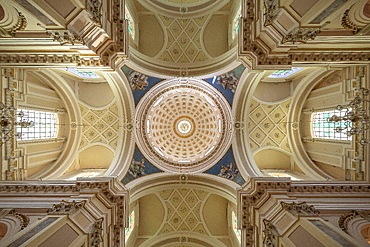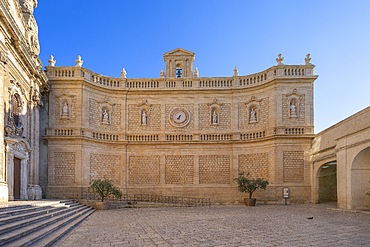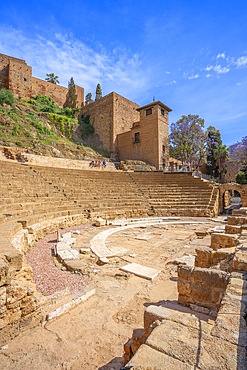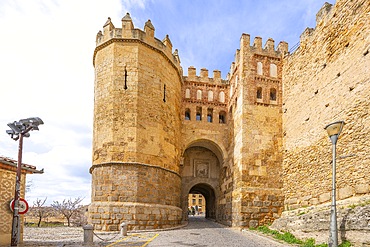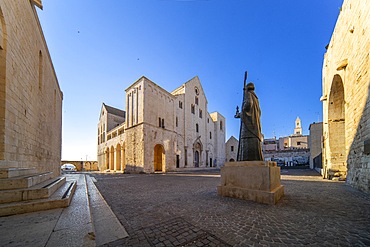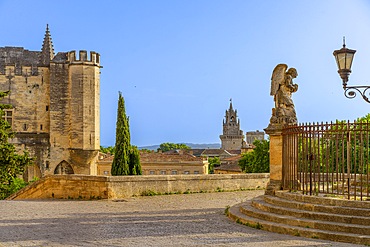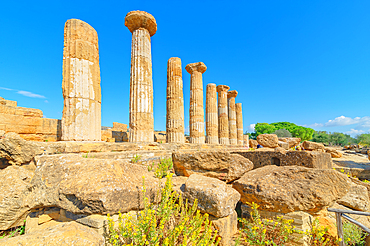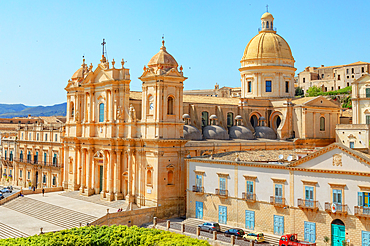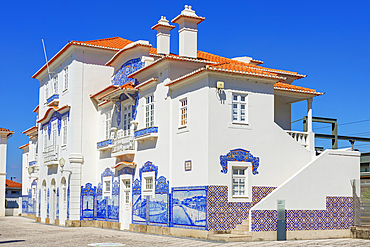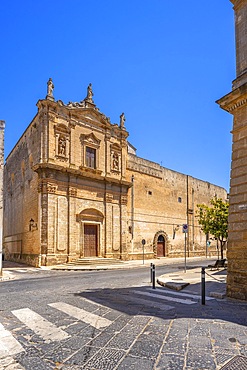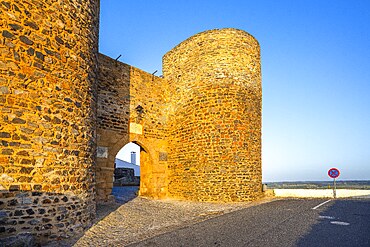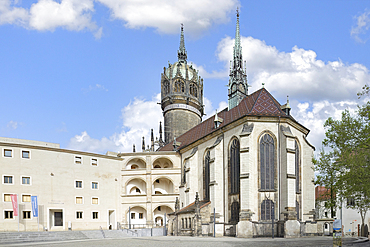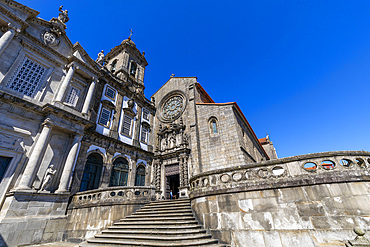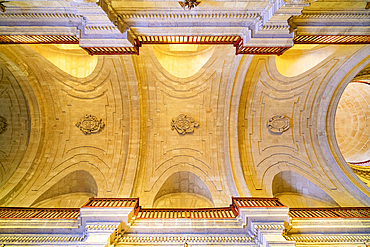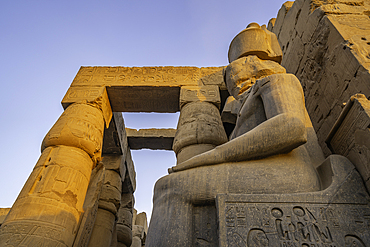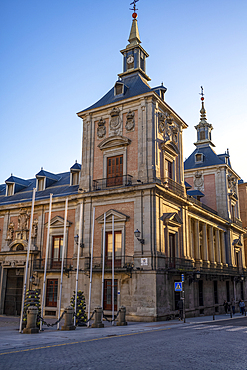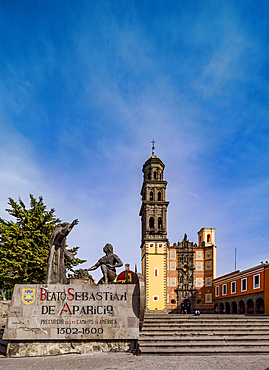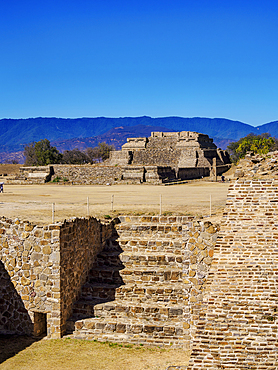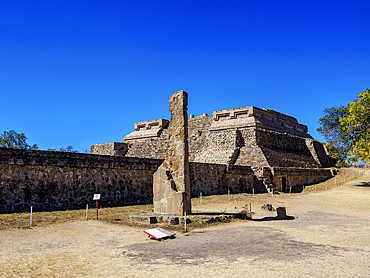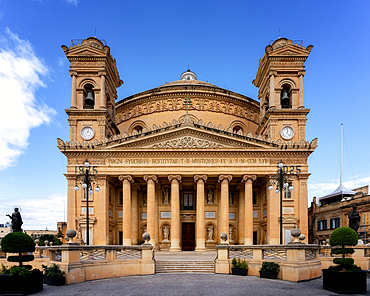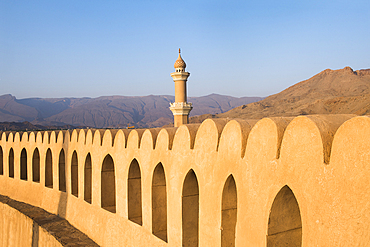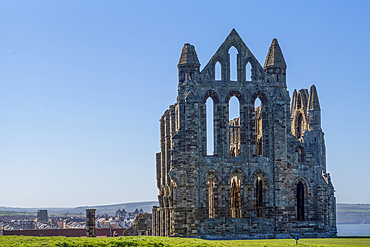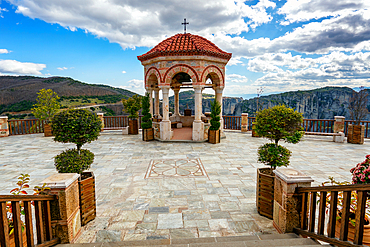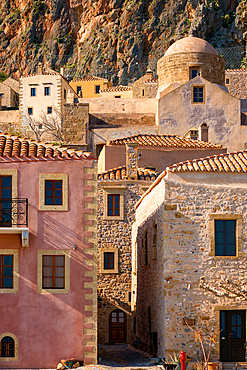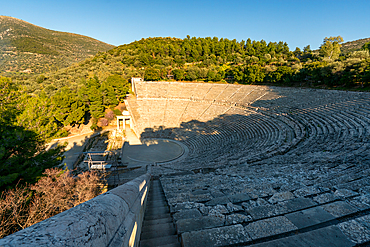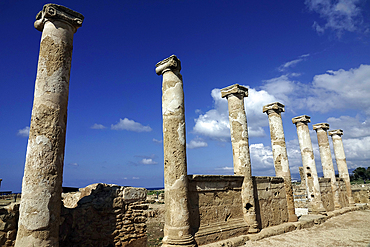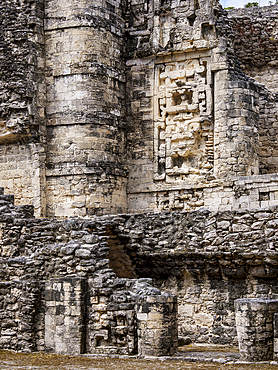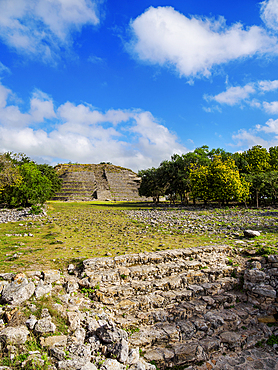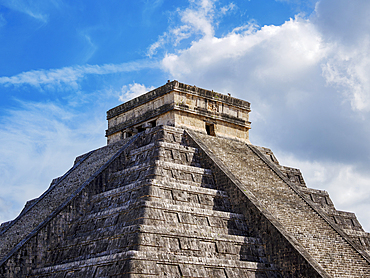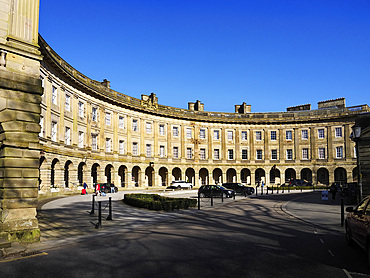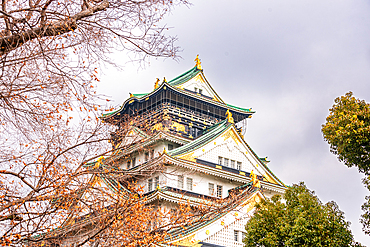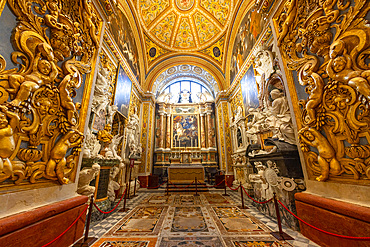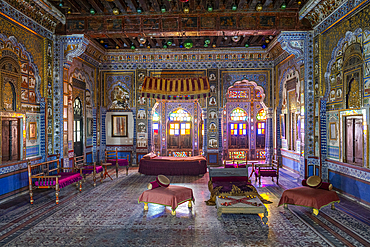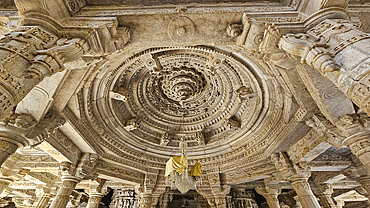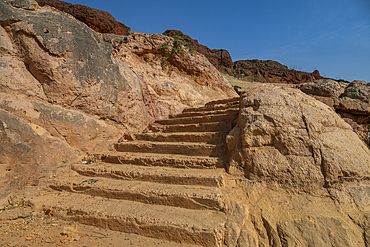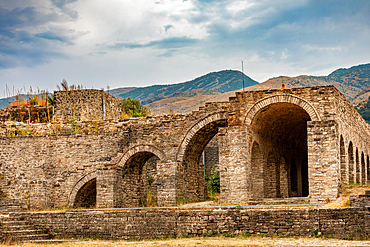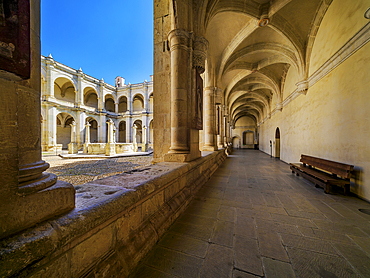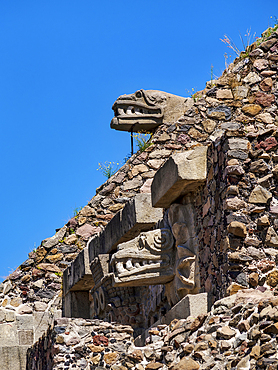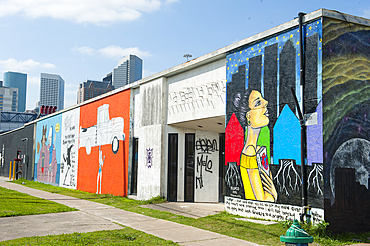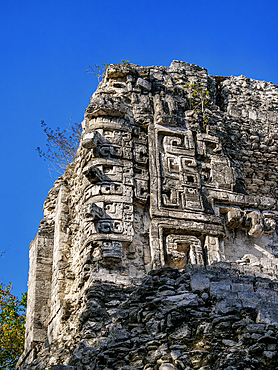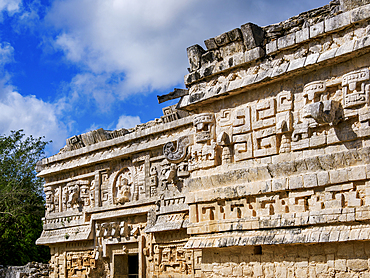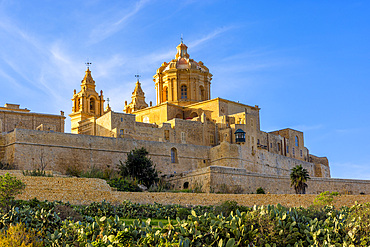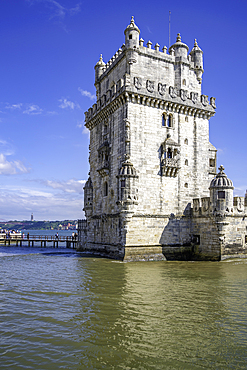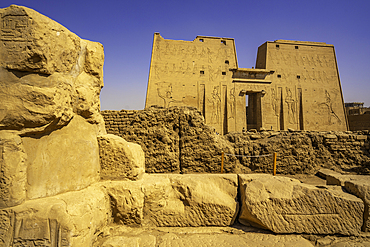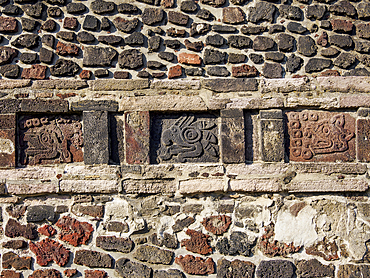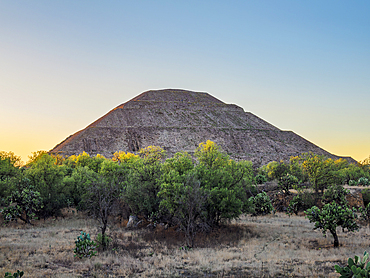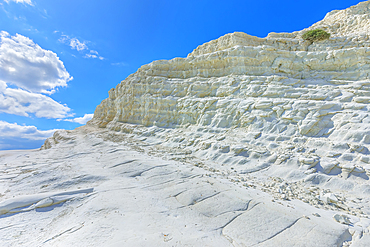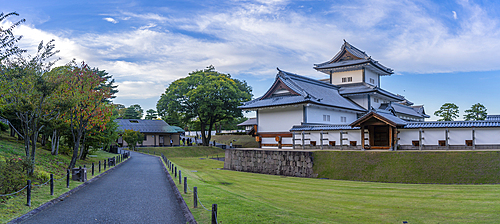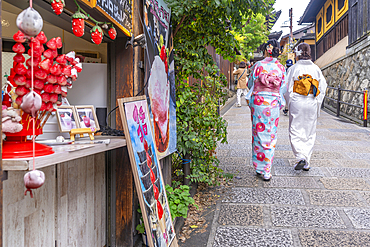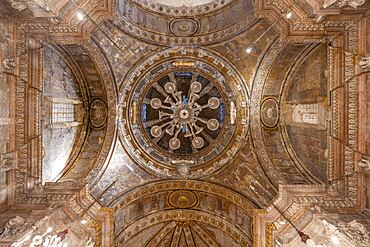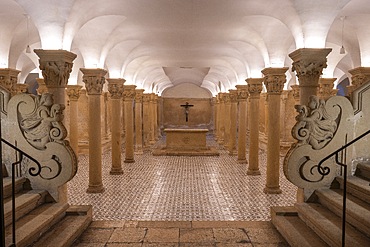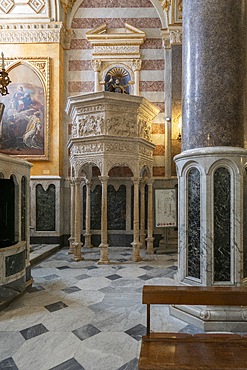Results
1 2 Next »
104 results found
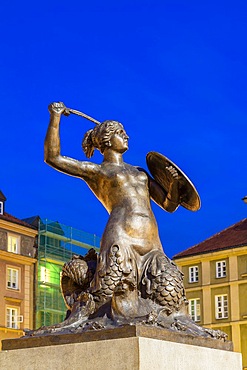
The statue of the Mermaid, Rynek (Old Market Place), UNESCO World Heritage Site, Warsaw, Poland, Europe
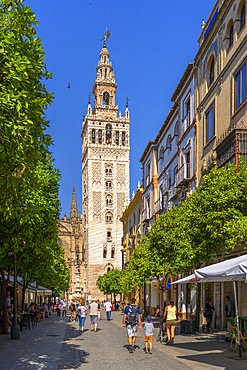
Seville Cathedral (Cathedral of Santa Maria de la Sede), former ancient Almohad mosque, UNESCO, Seville, Andalusia, Spain
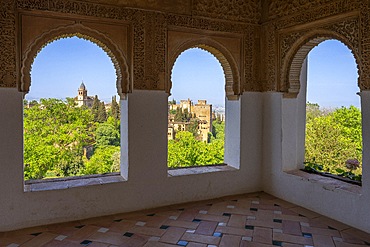
Generalife Palace, Generalife Gardens, Islamic and Mudejar architecture, Alhambra, UNESCO, Granada, Andalusia, Spain
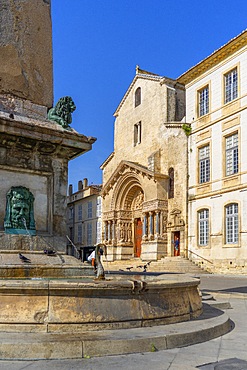
Church of St-Trophime, UNESCO, Place de la Republique, Arles, Bouches du Rhone, Camargue, Provence-Alpes-Cote d'Azur, France
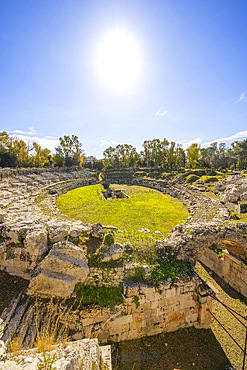
Roman Amphitheatre, Neapolis Archaeological Park, UNESCO World Heritage Site, Syracuse, Sicily, Italy, Mediterranean, Europe
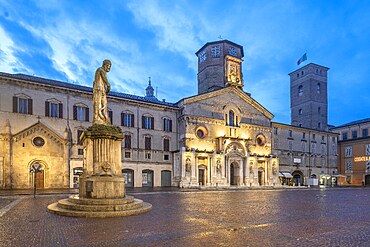
Cathedral of Reggio Emilia (Cathedral of Santa Maria Assunta), Reggio Emilia, Emilia-Romagna, Italy, Europe
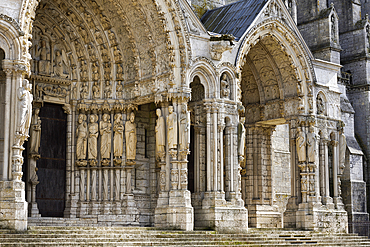
North portal of the north facade of the Cathedral, UNESCO World Heritage Site, Chartres, Eure-et-Loir department, Centre region, France, Europe
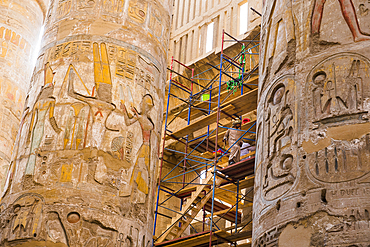
Conservation work at the Great Hypostyle Hall in the Precinct of Amon-Re, Karnak Temple Complex, UNESCO World Heritage Site, Luxor, Egypt, North Africa, Africa
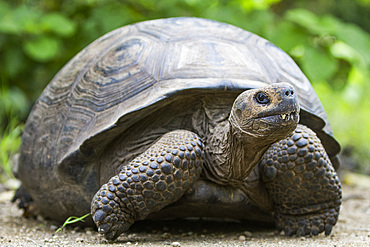
Wild Galapagos giant tortoise (Geochelone elephantopus) at Urbina Bay, Isabela Island, Galapagos Islands, UNESCO World Heritage Site, Ecuador, South America
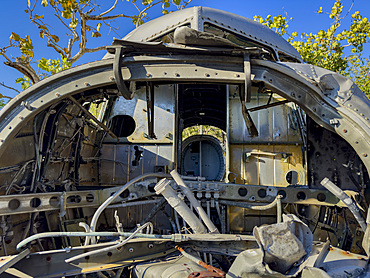
Wreck of a C-53 Skytrooper, which went down on February 26, 1942 in Vansittart Bay, Kimberley, Western Australia, Australia, Pacific
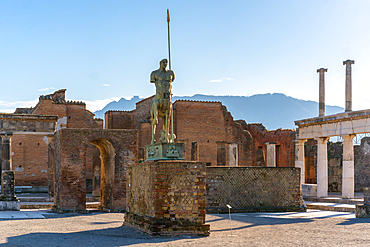
Centaur statue in Pompeii, UNESCO World Heritage Site, archaeological site of ancient city destroyed by Mount Vesuvius volcanic eruption, near Naples,Campania, Italy, Europe
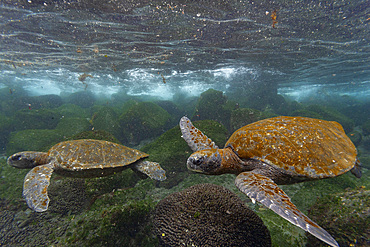
Adult green sea turtles (Chelonia mydas agassizii) underwater off the west side of Isabela, Galapagos Islands, UNESCO World Heritage Site, Ecuador, South America
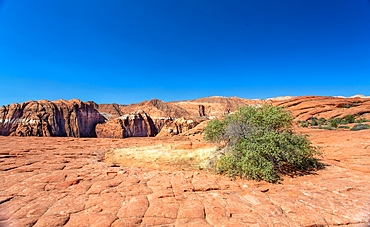
Petrified sand dunes, White Canyon State Park, Red Cliffs Desert Reserve near St. George, Utah, United States of America
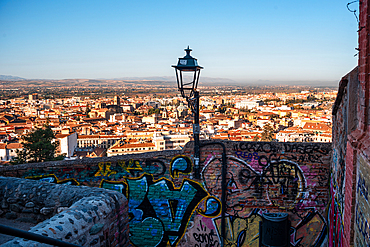
Walls and lantern in front of the skyline of Granada at sunrise. Albaicin, Granada, Andalucia, Spain
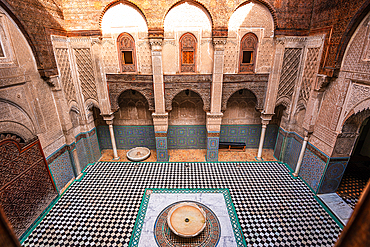
Beautiful interior and Islamic mosaic art, Al-Attarine Madrasa in the Medina of Fes, UNESCO, Morocco
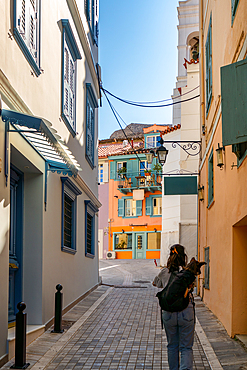
Woman with dog in a backpack walking in Nafplion historic city center, Nafplion, Peloponnese, Greece
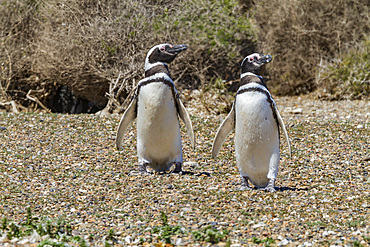
Magellanic penguins (Spheniscus magellanicus) at a breeding and molting site in Estancia San Lorenzo, Argentina
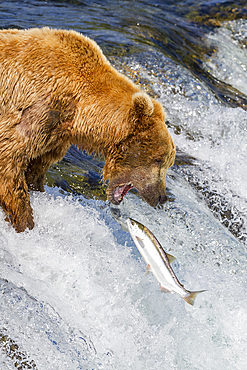
Adult brown bear (Ursus arctos) foraging for salmon at the Brooks River, Katmai National Park, Alaska, United States of America
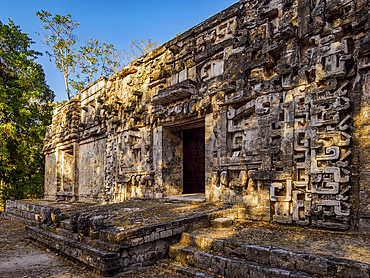
Structure II, monster mouth temple at sunset, Central Plaza, Chicanna Archaeological Site, Campeche State, Mexico
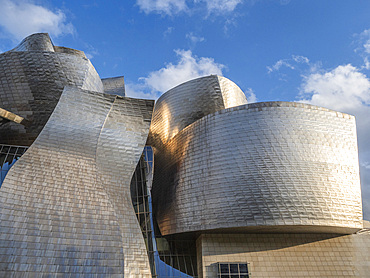
Titanium facade of the Guggenheim Museum designed by Frank Gehry, Bilbao, Basque Country, Spain, Europe
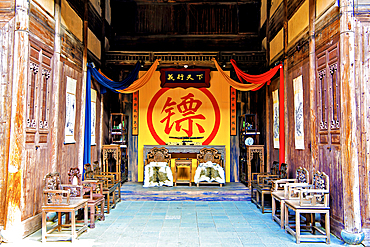
The hall of a traditional security service establishment, Nianbadu ancient town (since 878 AD), Jiangshan City, Zhejiang Province, China

View of Jerónimos Monastery (Monastery of the Hieronymites) on a sunny day, Lisbon, Portugal, Europe
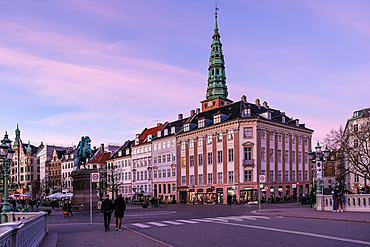
Copenhagen, Denmark ��� View of Hv?jbro Plads, a historic square near the canal, known for its equestrian statue of Bishop Absalon and its vibrant role in the city���s cultural and commercial life.
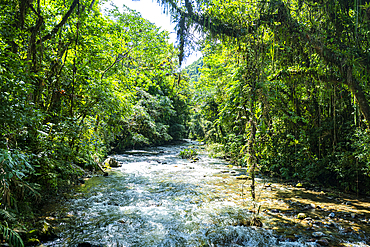
Atlantic Forest South-East Reserves, UNESCO World Heritage Site, Alto Ribeira Touristic State Park, Sao Paulo State, Brazil, South America
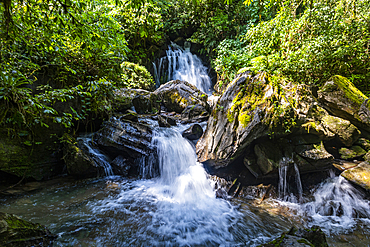
Couto waterfall, Atlantic Forest South-East Reserves, UNESCO World Heritage Site, Alto Ribeira Touristic State Park, Sao Paulo State, Brazil, South America
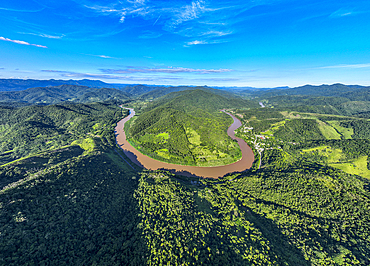
Aerial of the Iguape River, Atlantic Forest South-East Reserves, UNESCO World Heritage Site, Alto Ribeira Touristic State Park, Sao Paulo State, Brazil, South America
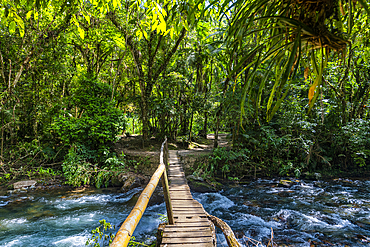
Footbridge over the Batari River, Atlantic Forest South-East Reserves, UNESCO World Heritage Site, Alto Ribeira Touristic State Park, Sao Paulo State, Brazil, South America
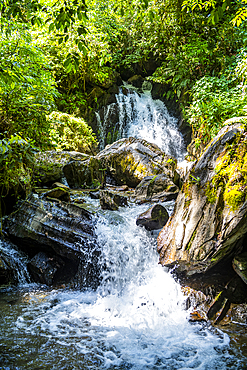
Couto waterfall, Atlantic Forest South-East Reserves, UNESCO World Heritage Site, Alto Ribeira Touristic State Park, Sao Paulo State, Brazil, South America
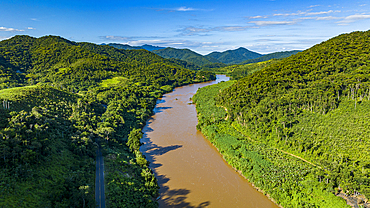
Aerial of the Iguape River, Atlantic Forest South-East Reserves, UNESCO World Heritage Site, Alto Ribeira Touristic State Park, Sao Paulo State, Brazil, South America
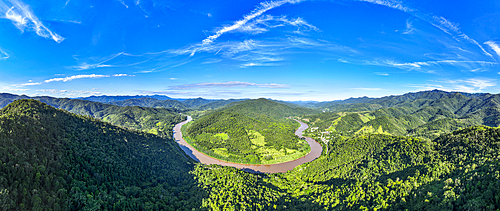
Aerial of the Iguape River, Atlantic Forest South-East Reserves, UNESCO World Heritage Site, Alto Ribeira Touristic State Park, Sao Paulo State, Brazil, South America
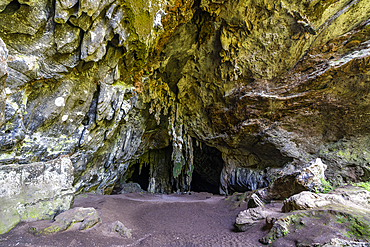
Santana Cave, Atlantic Forest South-East Reserves, UNESCO World Heritage Site, Alto Ribeira Touristic State Park, Sao Paulo State, Brazil, South America
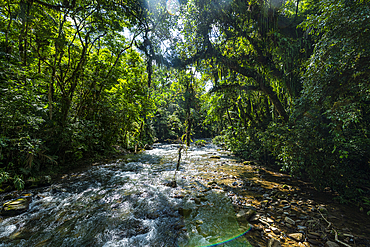
Batari River, Atlantic Forest South-East Reserves, UNESCO World Heritage Site, Alto Ribeira Touristic State Park, Sao Paulo State, Brazil, South America
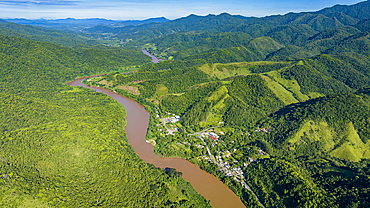
Aerial of the Iguape River, Atlantic Forest South-East Reserves, UNESCO World Heritage Site, Alto Ribeira Touristic State Park, Sao Paulo State, Brazil, South America
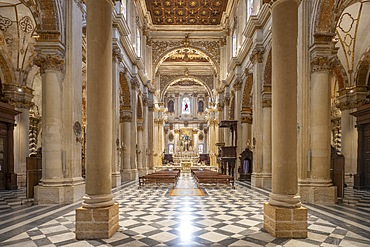
Lecce Cathedral (Cathedral of Maria Santissima Assunta and Sant'Oronzo), Lecce, Salento, Apulia, Italy
